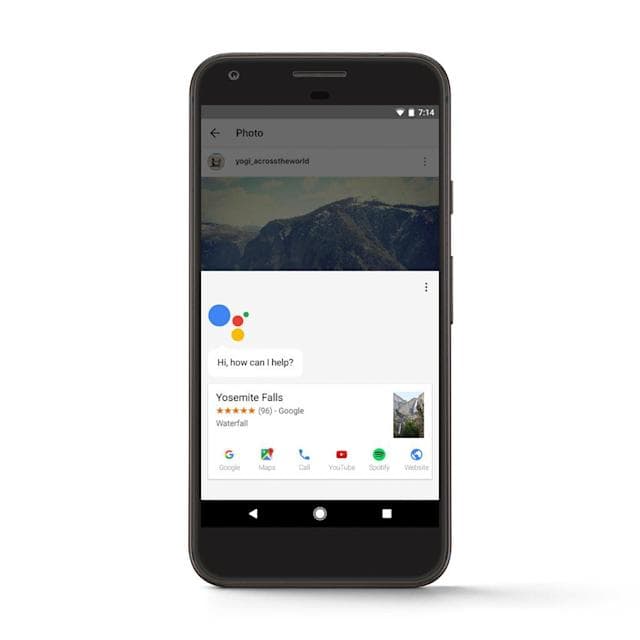Google Unveils AI-First Strategy with Google Assistant on Pixel Phones and Google Home

Google's AI-First Strategy: Introducing Google Assistant
Google is making a significant shift from a "mobile-first" approach to an "AI-first" strategy, aiming to create a personalized Google experience for every user. This new direction is centered around its AI "Assistant," a conversational AI helper that was first previewed in the Allo messaging app and is now being integrated across a wide range of Google products.
The Evolution of Google Assistant
Google's vision is to make its AI Assistant universally accessible and truly helpful. This means moving beyond just smartphones to encompass various devices, including those for the home.
Google Pixel Phones and Assistant Integration
The new Pixel phones are at the forefront of this AI integration. Google Assistant is activated on these devices by holding down the home button or by saying the wake phrase "OK Google." This seamless integration allows users to interact with the Assistant naturally.
Key Features and Demonstrations
During the launch event, Google showcased the Assistant's capabilities through several demonstrations:
- Information Retrieval: The Assistant could provide lists of events at a specific venue and answer questions about performers.
- Media Playback: It seamlessly played music videos from YouTube in response to voice commands.
- Personalized Assistance: Users can ask the Assistant to display photos from specific dates or recall reminders.
- AI Accuracy: Google highlighted its AI's improved accuracy, noting a jump from 89.6% in 2014 to 93.9% currently, particularly in image recognition.
Google Home: Bringing Assistant to the Living Room
To extend the Assistant's reach into users' homes, Google introduced the Google Home smart speaker. This device allows users to:
- Manage Daily Tasks: Control smart home devices, set reminders, and manage schedules.
- Play Music: Stream music from services like YouTube Music, Spotify, Pandora, and Google Play Music.
- Intuitive Interaction: The Assistant can understand natural language queries, even for song titles it doesn't know exactly, such as "play that Shakira song from Zootopia."
- Information Access: Get answers to general knowledge questions, including facts about artists and their achievements.
- Navigation and Local Information: Provide directions, traffic information, and nearby points of interest, such as retail stores.
The Power of Google's Ecosystem
The Assistant leverages Google's vast ecosystem, including:
- Search Engine: Providing accurate and comprehensive answers.
- Google Photos: Allowing users to access and display their photo library.
- Music Services: Integrating with popular music streaming platforms.
- Chromecast: Enabling users to cast content to their TVs and speakers.
Future of Google Assistant: Actions and Developers
Google plans to launch an open developer platform for Assistant, known as "Actions." This will allow third-party developers to create new functionalities for the Assistant through:
- Direct Actions: For simple tasks like controlling smart home devices.
- Conversation Actions: Enabling more complex, back-and-forth interactions for services like ride-hailing.
Further details on Actions are expected in December, with the ultimate goal of integrating Assistant with every available app and platform.
Conclusion
Google's AI-first strategy, embodied by the Google Assistant, promises a more personalized and integrated user experience. By bringing the Assistant to devices like the Pixel phones and Google Home speakers, Google aims to make its AI a ubiquitous part of users' lives, enhancing convenience and access to information and services.
For more updates from Google's fall event, click here.
Original article available at: https://www.engadget.com/2016-10-04-google-assistant-lands-on-new-pixel-phones.html